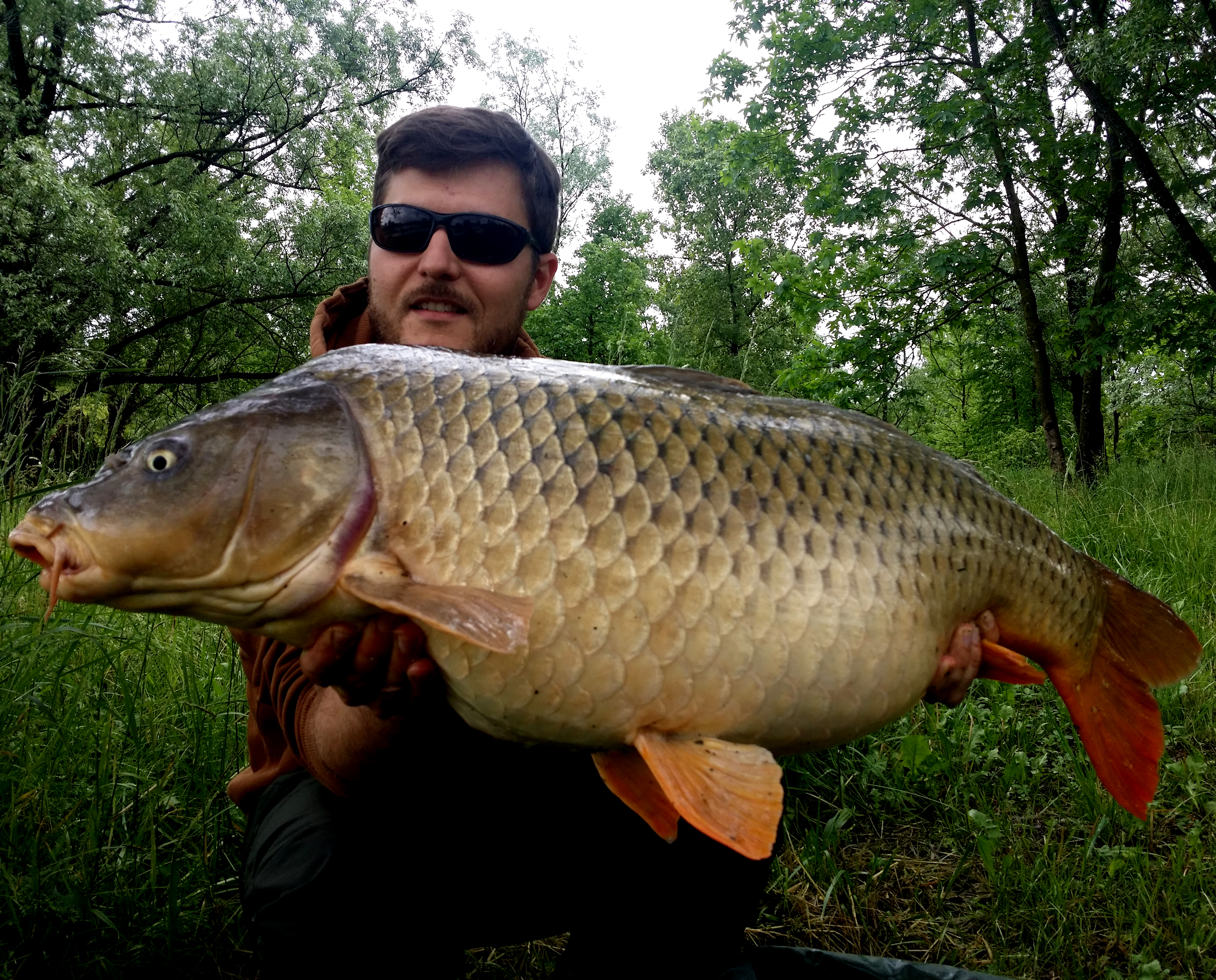How to Choose Carp Fishing Rod
12 or 13 feet? 3 pounds or 3.5? Two pieces or three pieces? The questions, for those who are close to carp fishing and want to buy the first barrel, they are so many.
In this
guide to choosing the rod carp fishing we will see a few simple parameters to avoid mistakes.
The choice of the right rod carp fishing depends on one factor: the environment (the water) in which we fish.
Weight and height of the fisherman , also have influence in the purchase of the barrel (we talk about this in a separate paragraph), but the environment that we frequent, then the type of carp fishing that we practice, has a lot more important: we realize how, in the same lake, quarry or river, we will be able to deal with all situations without ever doubting of our tool. .
In particular, there are three basic elements, in relation to the environment, which contribute to the final choice: we will see them one by one, giving you some indication and by several practical examples so you can choose among the wide assortment of rods carp fishing.
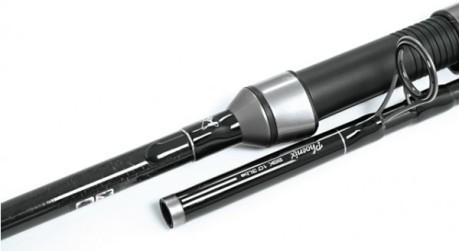
12 OR 13 FEET?
Taking a look at the market you quickly realize that the reeds from the modern carp fishing have essentially two sizes: 12 feet, which corresponds to 3.6 metres, and 13 feet, which corresponds to 3.9 metres.
Wanting to give you an indication of the maximum, the rods 12 feet are the so-called allroundor allow the angler to fully exploit the tool in each environment (regardless of height and weight, which we will discuss later).
The 13-foot, on the contrary, are generally considered reed “from launch”, suitable for fishing high enough (above the feet).
In these years, the market has developed rods of other lengths, for specific uses.
Among these, very widespread is the classic “middle way”, i.e. by 12.6 feet (3.75 m), which is the preferred choice of those who want to tools “all-round” but who could also give us something more in the launch.
Finally, there are the so-called “short barrels”: the 11, 10 and 9 feet , respectively, 3,3, 3, and 2.7 meters), depending on the model, they are perfect to be used from the boat (a barrel of only three metres is more manageable on a boat, than a barrel of almost four) , or in fishing, “stalking”, that is, with fast travel in pursuit of the fish.
Are then rods with a small footprint, lightweight and easy to handle, suitable for fast travel even in confined places.
POUNDS, NOT GRAMS
Unlike other fishing rods, for example those from deep-sea fishing or spinning, the power of the rods is not expressed on the basis of the maximum weight that these can throw, but according to the so-called “libbraggio”.
The data is measured this way: by placing the barrel in a horizontal, parallel to the ground, applies a growing weight (in pounds) up to the point when, between the stem of the rod and the tip, do not create an angle of 90°.
In general, the rods carp fishing ranging from a minimum of 1.75 pounds to a maximum of 5.5.
This means, for example, that a rod from two pounds need a weight of 907 grams (453,5 grams, or a pound, multiplied by two) to bend to 90°.
The libbraggi the most used are the 3, 3.25 and of 3.5 pounds. But be careful: the libbraggio only gives an indication of the maximum power in the cast. Rather, it represents the power that the rod has in the recovery.
Of course, rods 3.5 lb cast weights heavier than 2.75, but it is true that, among the reeds 3.5 pounds, there may be differences of 20 grams between the maximum weight of the cast. Because here comes the action, which we will see in the next paragraph.
To conclude, the theme of the libbraggio of the barrel do a small diagram that represents, in average, the weight range that the rods with the libbraggi most popular can launch.
- 2.5 pounds 60 - 80 grams
- 3 pounds 90-110 grams
- The 3.5 lb 110-140 grams
- 5 pounds 170-250 grams
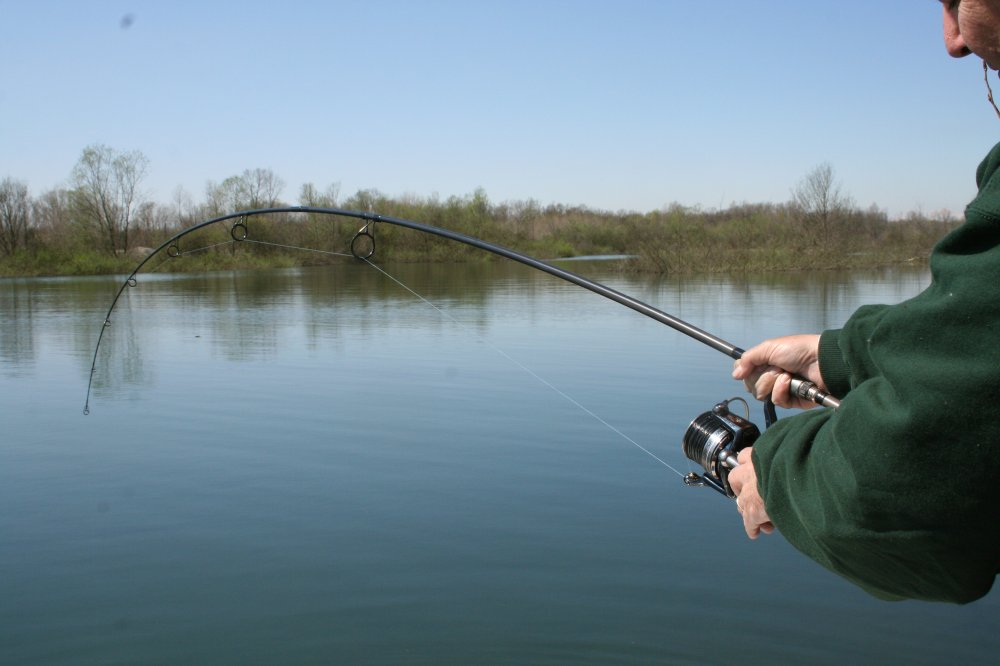
That said, every libbraggio has its use, which we summarize thus:
-
Reeds from 1.5 to 2.5 pounds: they are tools for fishing “light”, in small environments and shorter distances, without the use of weights heavy. Are both rods very “funny”, because they allow you to feel the most the fury swipes of the fish. Some versions of these rods are specially made for float fishing and they are very softer, more parabolic (we'll see in a few lines what it means) of those, of equal libbraggio, originally designed for fishing the bottom;
- Rods 2.75 lb, classic fishing gear in the quarry at distances of medium-short. Are preferred by those who like to “feel” all the power of the carp allamate;
-
Rods 3 lb, in one word, “allround”. The 3 pounds allow us to fish a long distance away, and are not “poles” hard-hitting ads that make us lose the emotions in combat;
-
Rods 3,25 and 3,50 poundsare preferred by those who want to fish at long distances (because they are more “hard” and the most powerful) but also for those who need to force a lot of the carp during the fight, for example, when there is the risk that you stick in submerged obstacles. They are also the right tools for fishing, with bags of Pva in the medium-long distances. Pay something, of course, in the time of the fight: are rods less “fun” of the 3 pounds;
-
Cane 3.75 – 4.5 lbs: tools with extreme, specifically made for fishing in places full of obstacles, in which the “fast and loose” with the fish is very violent. Or, they are used for fishing with large bags of Pva, heavy, 2 ounces, at a great distance from the shore;
-
Rods 5 pounds in about: the so-called “spod rod”, created especially for the launch of the groundbait with the rocket and the Spomb (pasturatori from launch). It is of reeds, very hard, that can get to the launch weights of 250 grams. Their specific job is that of the pasture, you usually do not have an appropriate action to combat, because they are very tough and little sensitive in the crease.
At this point, we come to the third fundamental element in the choice of the rod: l’action, which we treat in the next paragraph.
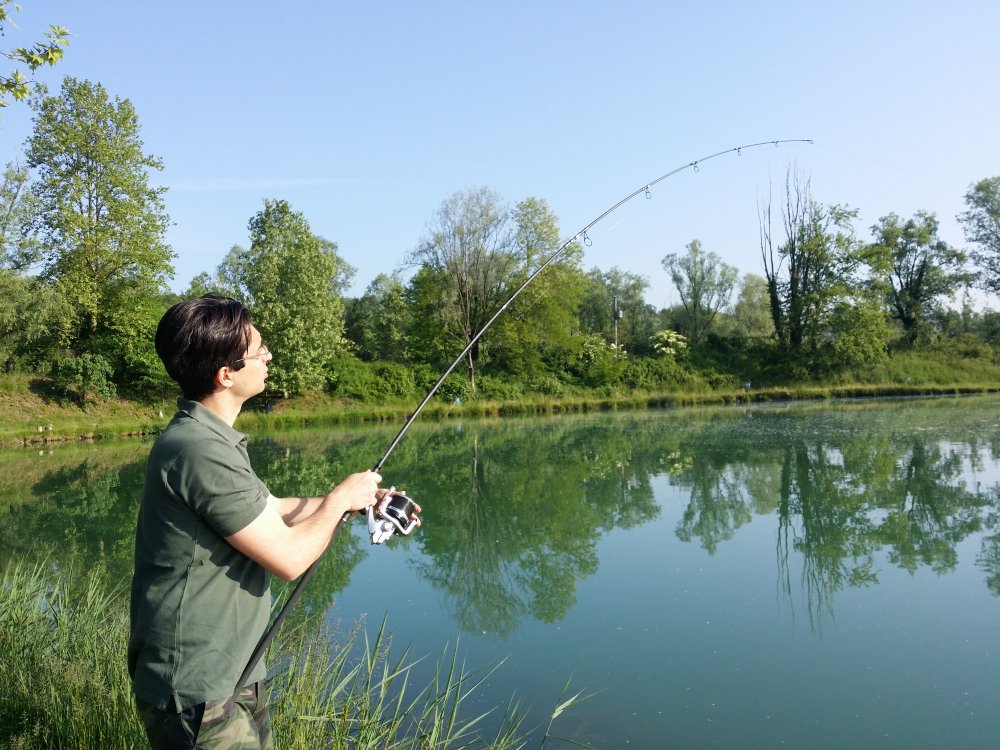
PARABOLIC, PROGRESSIVE, OR TIP
The title is clear enough: in general, the rods carp fishing have one of these three types of action.
The rods are parabolic curves, as the name says itself, are subject to an arc-homogeneous: that is, at the time they enter in traction for the heads of the fish, fold all, up to the handle.
The progressive, however, have an action similar to the satellite dishes but are much more rigid in the handle. See bend so pretty “soft” up to the junction between the two pieces of the barrel, and then stiffen towards the reel.
If the dishes are considered as rods with the action, “old”, the progressive are the most common and modern.
The most extreme, however, are those to tip action.
These are tools specifically made to run great distances and you immediately recognize why a bend quickly is only the tip, while the rest of the tool is rigid and gives a feeling of power is very pronounced.
These rods are also called fast, or we find under the title of “LD", " long distance”: once the lashes to simulate the launch, we realize that will very little and will return to the starting position in a few seconds.
The dishes, however, are considered “soft”, because they vibrate much longer before getting back into position.
Schematically, we summarize what the fishermen to “match” the various actions.
- Parabolic: suitable to those who think to have fun, are the so-called reed “playing”, or soft and sensitive, specially made to enjoy the combat even with the smaller carp. Are not suitable for extreme use or in situations where we are forced to run long distances;
- Progressive: also known as parabolic-progressive, are the rods allround for excellence because they are at the same time funny and personable in the launch;
- Tip: there are reeds suitable for those fishing in extreme conditions, especially for the long distances i walk on the shore. Require naturally good qualities of launch, otherwise their performance is not exploited to the full.
Before concluding, it is necessary a clarification: the barrel bends and the progressive “mask”, most of the errors of the fishermen compared to those of the tip.
Thanks to their elasticity, and the gentle action, in fact, are able to repair the errors of the distraction of the fisherman, as for example the clutch too closed, the position of the barrel wrong, or the use of the braid on the reel.
For this reason, they are ideal for fishermen who approached us recently to carp fishing.
The choice of the barrel can then be made on the basis of these three characteristics are fundamental. If we add other, which we can define as “incidental”, and that relate in particular to the rings.
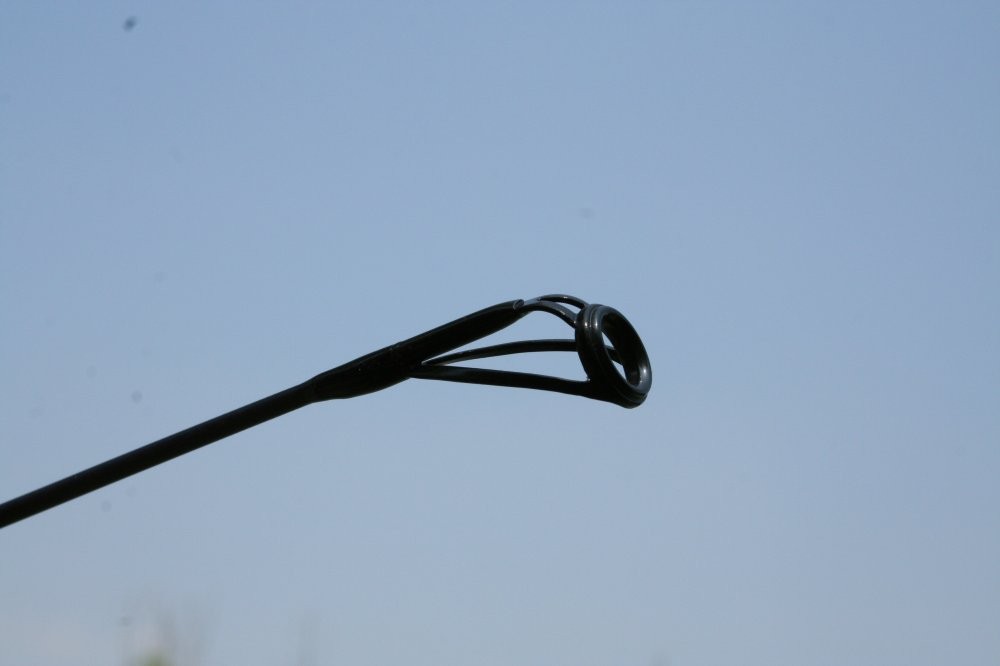
THE MATERIAL OF THE RINGS
As in the carp fishing are often used wire braided, it is necessary that our barrel is equipped with rings that can withstand the rubbing of the wire on the same.
Braids, unlike monofilaments, are not as smooth and behave like a “jig saw”, and rub on the rings. Them warm and cut them: this is why rings of poor quality are to be avoided.
It is necessary that our rods to mount the rings, it can disperse the heat caused by the friction of the braids: the material is the most popular in this regard is the silicon carbide (SiC).
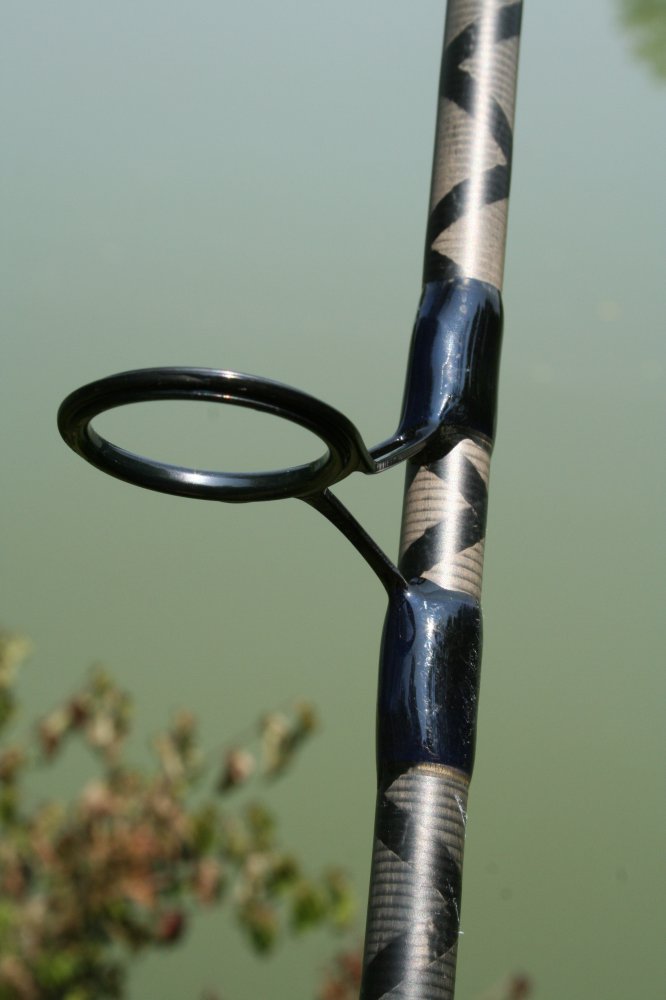
BRIDGE, SINGLE OR DUAL
The first rods carp fishing had rings single deck, today almost all the tools have a double bridge.
The first influence less on the action of the rod, because they rest on a pin only, and does not “break” the action of the drum.
Those double-deck are obviously more solid, more resistant to wear but stiffen the drum.
One of the bridge single is a choice that few carp anglers do this (on the market there are very few rods carp fishing with rings single deck).
RING, 50 MM, YES OR NO?
Topic hotly debated: the first ring from 50 mm (for instance the first of the reel seat towards the tip) is to throw more away?
The answer is yes, but only on two conditions: that the action of the rod is suitable for casting, the reel is paired having a coil and a imbobinamento perfect.
The rings 50 millimeters were born in to answer aneed: since in the carp fishing are always the most popular reels, big pit (the ones with the coil is wide and large, “stolen” to the surf casting), were required for the rings that reduce to a minimum the friction of the turns of the wire on the same.
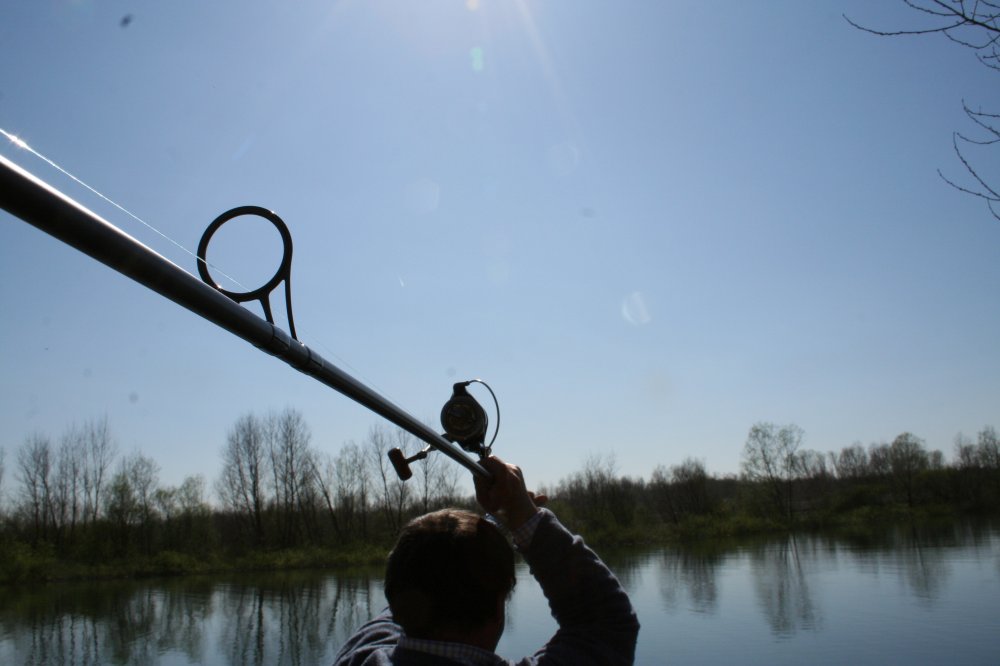
Coil great, in fact, corresponds to speyer, great: that's why, through a ring, 50 mm thread passes better, simply because it “chokes” the coil like a normal ring, 35 or 40 mm.
Be careful, though: the ring, 50 mm helps but is not essential. The long balls are more from the goodness of the crude and the quality of the pitcher that the diameter of the rings.
Before speaking of the practical cases, let us pause for a few seconds on the physical characteristics of the fisherman, because these can also influence the choice of a rod.
With a premise: the physical characteristics come into play when we talk about carp fishing, “advanced”, that is, fishing with a certain type of experience and with very clear ideas on the equipment they need.
HIGH AND LOW
It is not a fundamental rule, but in general, reed “long” as the 13-foot are not recommended to anglers lower than 1.75 meters.
The reason is in the ballistics. A launch is much longer than it is wider the arc that takes the lead in his flight towards the water. And this arc is much wider as it is longer than the drop, or the section of line between the rod tip and the weight.
In a normal launch you over the head with the lead suspended in order to take a drop along (usually by stopping the lead to the height of the junction between the two pieces of the barrel) a fisherman is more of an advantage if this is high because, stretching his arms, the barrel will be higher than the ground.
A fisherman one meter high and sixty will be in difficulty to keep the drop so long because the lead will touch the ground in the moment of the thrust, negating the loading of the barrel.
A fisherman bass should shorten the drop, with a resulting reduction in the amplitude of the arc, thus reducing the maximum distance.
Then, if we want to follow this “rule”, we should say so: rods 13 feet should be good for fishing from the metro, and 75 per meter and 80 and over. For the more “tiny”, best gear of 12 feet.
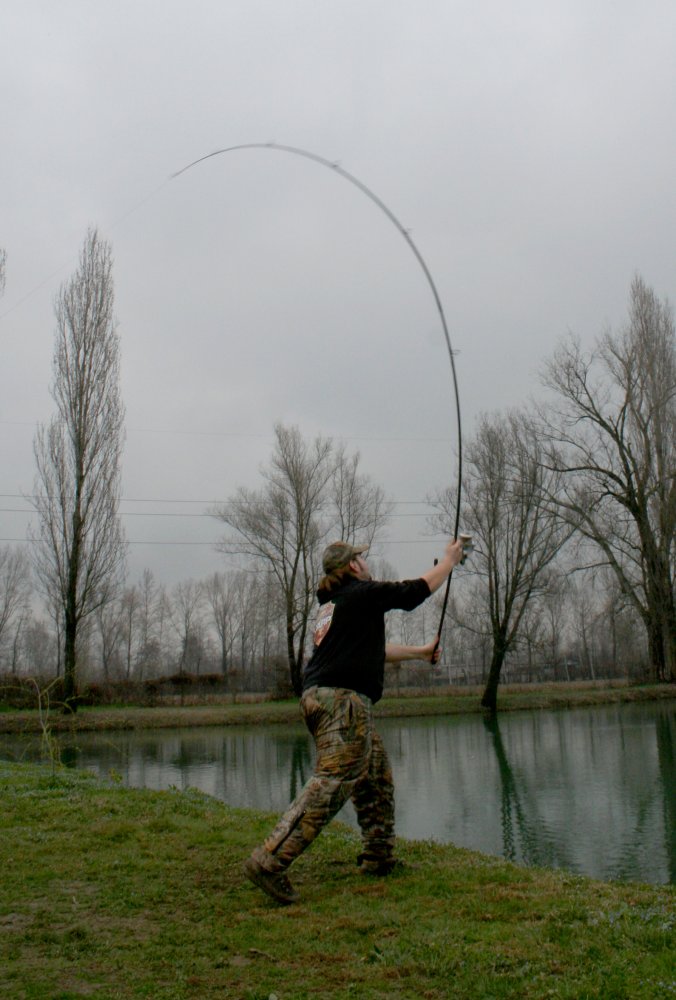
THE HEAVY AND THE LIGHT
Many believe that the long ball will depend on the power of the arms, but that is not true: to do everything, or almost everything, is our weight.
If we are able to move in the correct way, the weight, we will load the barrel in the right way and we will launch more far.
That's why there are fishermen of the 70 pounds that launch the most far away of having problems from 100: everything is in the technique and in the ability to load the rod with the weight moving forward.
In the choice of a cane, especially if we want to exploit it to 100 percent, the weight plays a crucial role. In fact, if you weigh 60 kilos will be much more difficult to load a rod in a 3.5 pounds, compared to a 2.75-3, especially if we do not have a great experience of the launch with rods carp fishing behind.
At the same time, if you weigh 90 or 100 a barrel by 3 pounds, will be undersized to our potential.
Also in this case, however, we talk about situations, “advanced”, or of fishermen with experience, able to perfectly control the movements of the launch and with specific needs to achieve distances outside of the media.
But the rule is this: the more we are “light”, the more they must be content with the libbraggio of the barrel.
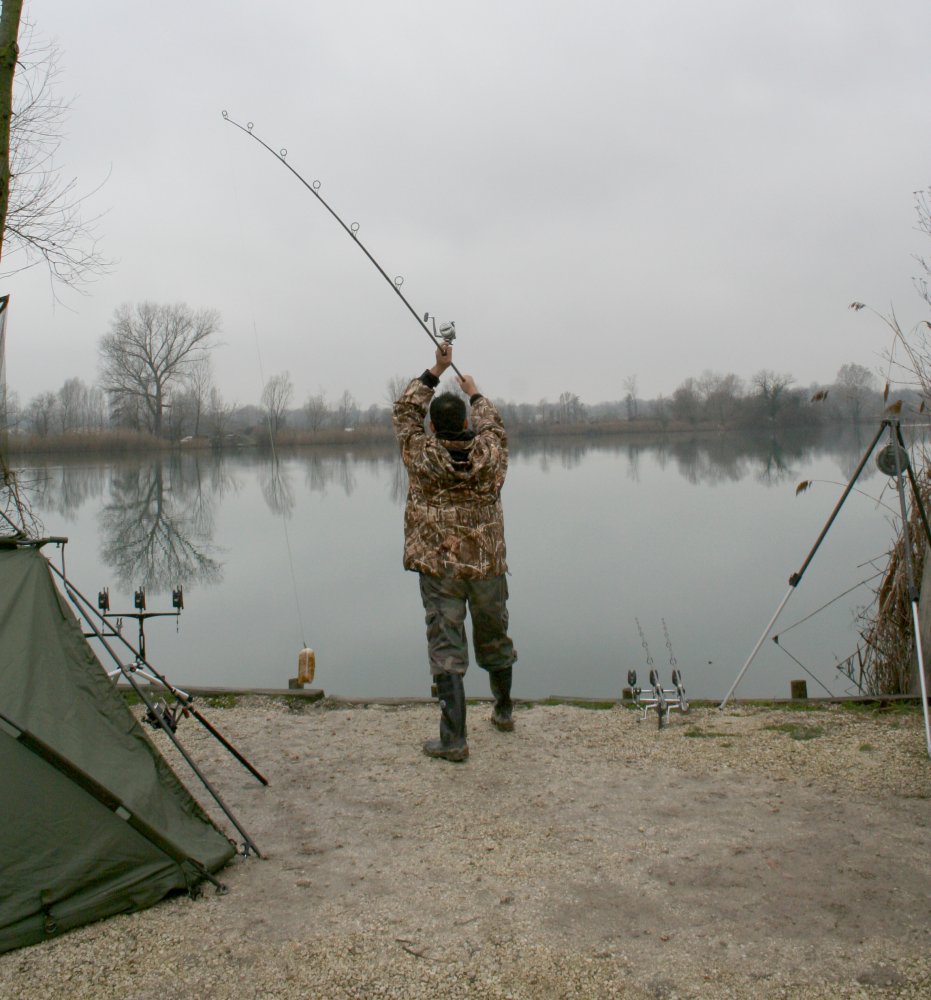
At the end of this long, technical explanation, we provide some practical examples for you to choose a rod carp fishing:
“I am a neophyte and I am about to purchase my first rod carp fishing” – The advice that we give you is to buy a barrel from the 12-foot with a power of 3 pounds. Ensure that you will be able to tackle most of the situations. From the quarries, where we assume that the carp anglers, and let the bones, to the great lakes, where it takes a little more power. As an action, choose a parabolic or progressive: will let you have more confidence in the fight with the carp, and then to learn more quickly, their behavior beyond the line.
“I attend most of the small and cave fishes from the shore” – In this case, you need a rod allround. A 12-foot, 3 pounds, parabolic-progressive is the one for you. If you want to have more fun with the fish in the barrel you can also purchase a 2,75 lb: of course you'll be slightly limited in the weights the maximum that you can throw;
“I fish in the great lakes only, and drop the bait with the boat” – You need a powerful tool to strike the fish at great distances, but with an action that is not too hard, then a progressive is what you need. A 13 foot 3.25 lb or 3.5 should be more than good. It also assesses the hypothesis to buy a barrel from 10 feet by 3 or 3.5 pounds: the boat is easy to handle and allows for full control of the prey;
“Peach always to launch, in a water medium to large, and are forced to launch at a great distance” – you Need a rod powerful, quick, can turn into meters each drop of strength that may in its raw state. You need a tool with the action fast, the tip, and that it may launch even weights 130 grams. A 3.5-pounds, 13-feet is the one for you.
“The peach-tree is in the quarry, both in the lake, but I want to enjoy and feel every catch, without being too limited in the range” – A 3 lb dish may be the ideal, but also evaluates the hypothesis of a 2,75 pounds, always parabolic long and 12 feet. It is a practical tool that allows you to launch even at 70-75 meters.
“My preferred environment is the river, with peach in strong current and also in the lanche” – The type of characteristic that is required in this case is only one: power. That's why we recommend a rod at least 3.5 pounds. As for the length, our advice is to stay on the 13 foot, because often the sottoriva in the rivers is full of boulders and submerged obstacles: a rod long (and progressive) helps us to better manage the prey in the latter stages of the fight, tutelandoci from slamate.
“Fishing for static not for me. I like to try carp pescarle approaches refined and I like to be always in motion” – You need a light rod, easy to handle and quick. The power goes into the second floor, because presumably you'll draw them carp at a few meters from the shore, searching for it to view, or to the surface. We recommend a rod 11 or 10 feet, power limited, then at between 2 and 2.5 pounds.
SportIT.com
Reproduction Reserved

